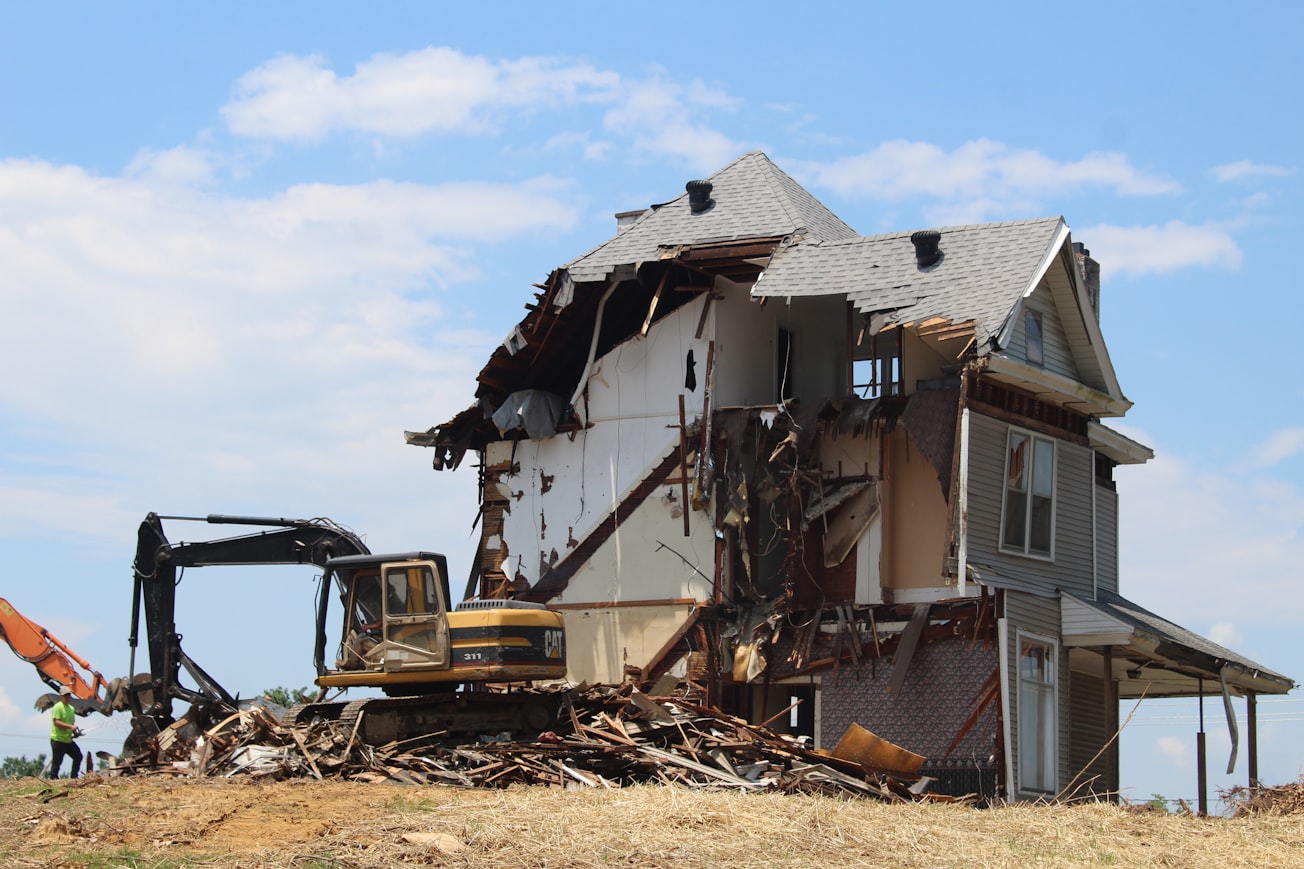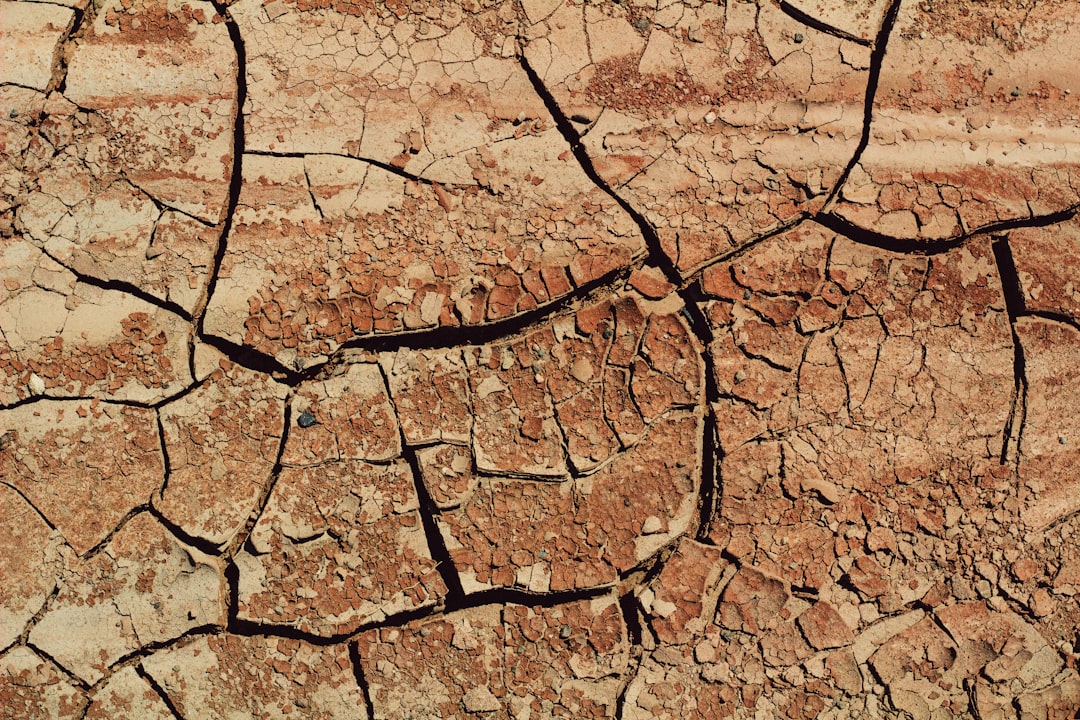What is it about?
Influence of Heterogeneity and Contaminants of Recycled Aggregates
Featured Image

Photo by Haley Hamilton on Unsplash
Why is it important?
The civil construction waste is one of the largest masses of waste generated in urban centers, especially in developing countries. There are many studies about these materials and their reuse, however, little is addressed about their heterogeneity and the effects of contaminating materials, either on the mechanical properties or the durability of the cementitious composites. In addition, numerous researches approach this issue only under laboratory conditions, which often do not represent the reality to which the residues are subjected, such as large variations in temperature and several different chemical and biological agents. This scenario contributes to the fact that the use of these residues is still not enough and is generally focused only on non-structural elements, which reduces the added value and, in most cases, makes it unfeasible. In this research, materials from different buildings (refurbishment and construction) and from two different periods (seasonality effects and construction stage) were evaluated in order to understand the variability of the residues and their influence on the properties of the cement composites. In addition, the material was used as collected in the companies, using wastes that sometimes had more than 10% of contaminating materials (which are not indicated to be used as an aggregate). Thus, it was possible to study the effect of these contaminants on both mechanical properties and durability, which demonstrated that durability is much more critical. We also evaluated the best way of reusing the waste (zero or one gravel, or replacing 20% of the sand), which allowed us to analyze how the crushing and sieving process can influence the distribution of constituent materials and contaminants.
Perspectives
After the evaluation regarding the use of these materials in structural concrete, we identified a series of limiting criteria to be considered in the classification of waste and the dosage process. We believe that this paper will contribute to the direction of research on construction waste, the importance of segregation and the definition of concrete dosage parameters with CDW (construction and demolition wastes).
WHITE SANTOS
Universidade Federal de Minas Gerais
Read the Original
This page is a summary of: Influence of Heterogeneity, Typology, and Contaminants of Recycled Aggregates on the Properties of Concrete, The Open Construction and Building Technology Journal, January 2021, Bentham Science Publishers,
DOI: 10.2174/1874836802014010382.
You can read the full text:
Contributors
The following have contributed to this page










